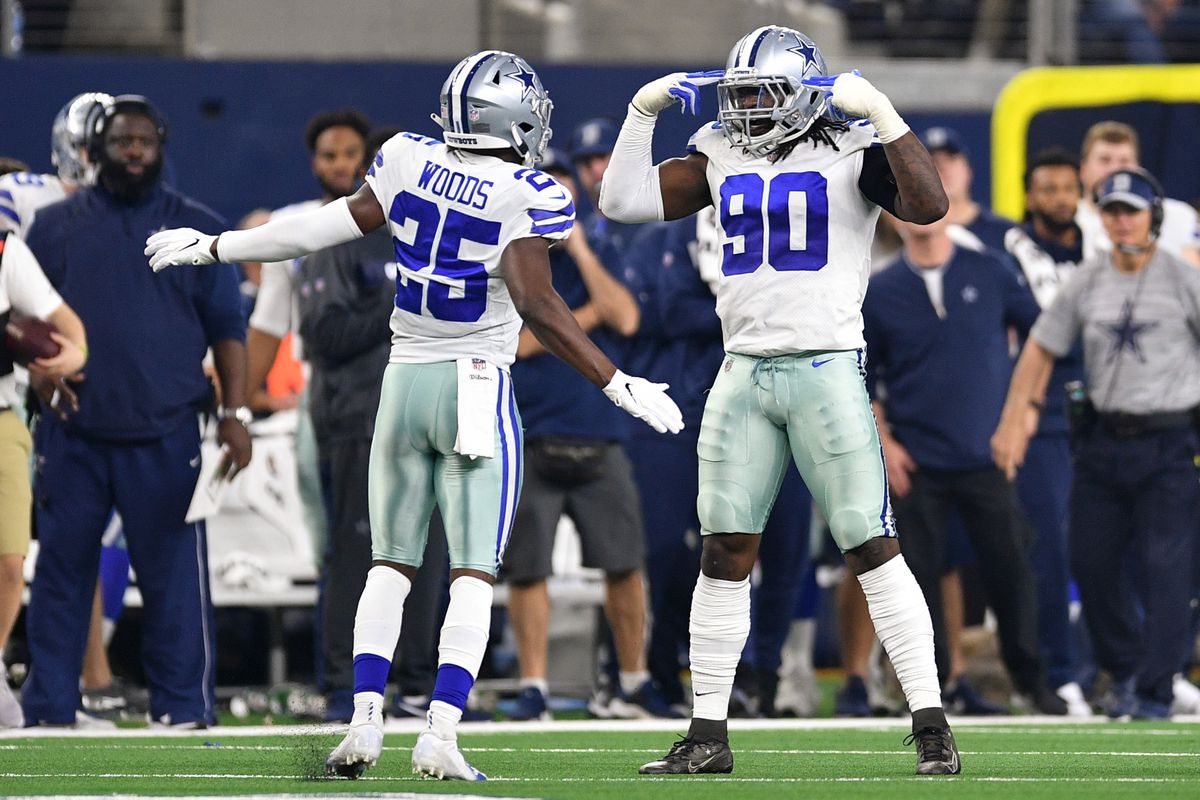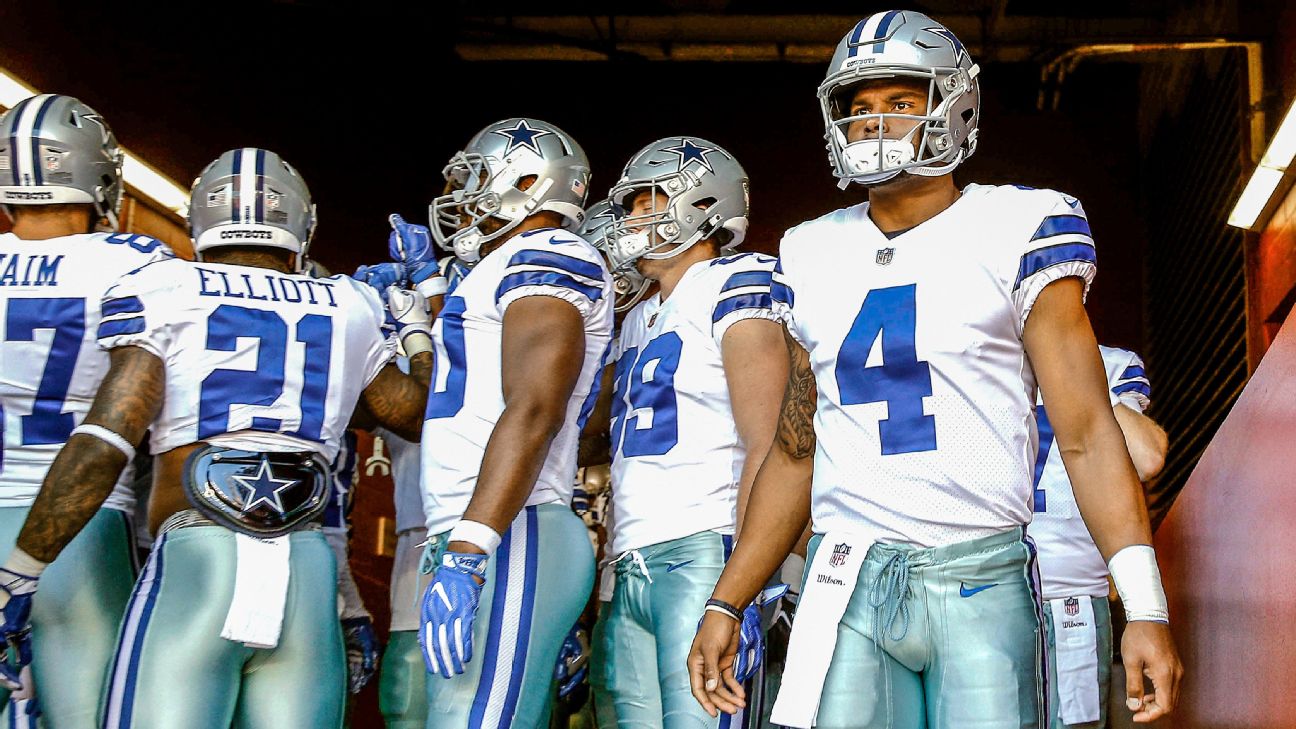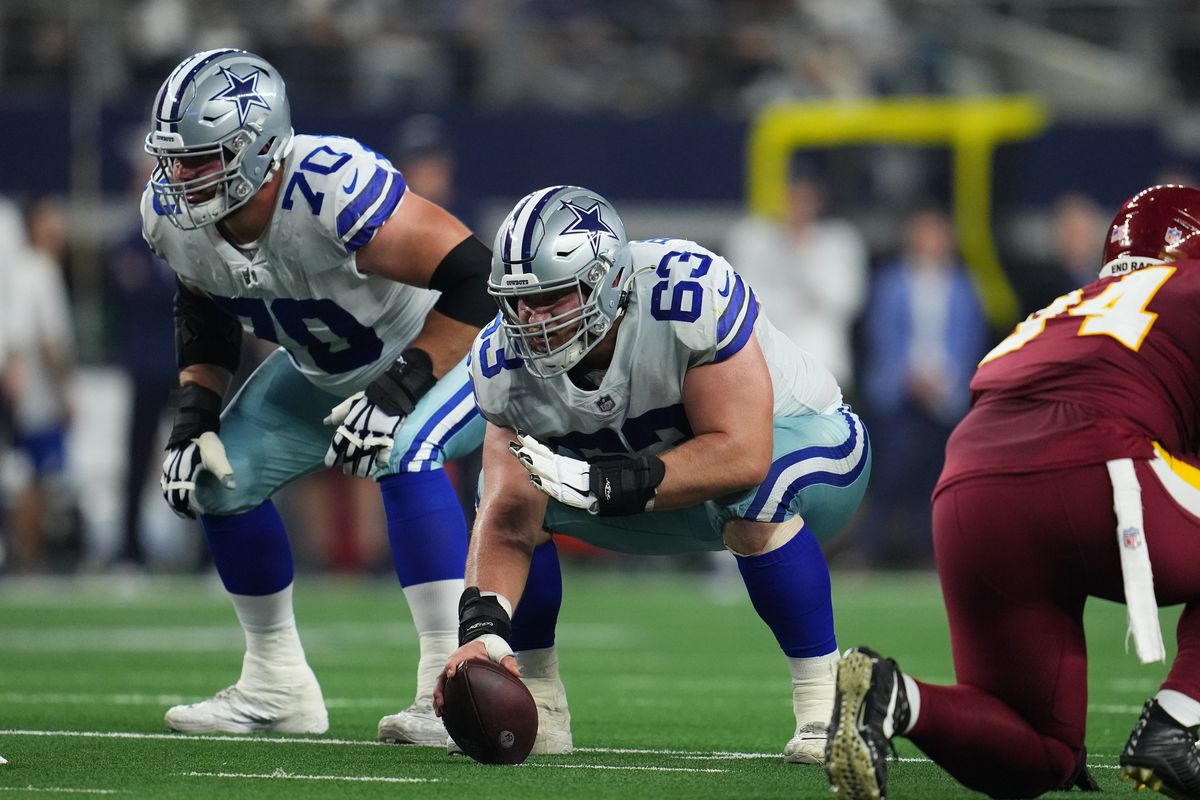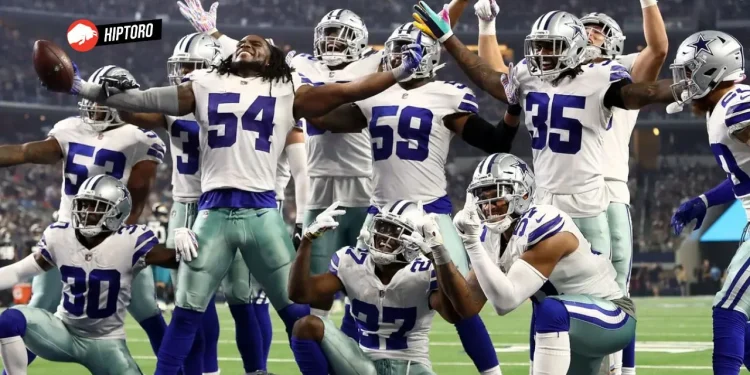The Dallas Cowboys have long been a staple of American sports culture, often referred to as “America’s Team”. However, the glory days of the 1990s seem to be a distant memory as the team continues to grapple with a decades-long Super Bowl drought.
Owner Jerry Jones, known for his charismatic and often controversial management style, has kept the team in the national spotlight despite their on-field struggles. Yet, his use of the term “all-in” has raised eyebrows and questions about the true intentions behind his strategy.

Dallas Cowboys’ Redefining Commitment in the NFL
In a discussion at the Senior Bowl, Jerry Jones outlined his perspective on being “all-in”, which traditionally means wagering everything on what one believes to be a winning hand in poker.
Jones stated, “I expect that with our key contracts, we want to address, we’ll be all-in… It will be going all-in on different people than you’ve done in the past.” This approach suggests a shift from future-building to focusing on the present, a bold move suggesting immediate, aggressive action to win.
Dallas Mavericks hype video posted by Luka Doncic.
“Playoff time” 🔥🔥
— Noah Weber (@noahweber00) April 16, 2024
However, the reality of the Cowboys’ strategy has been somewhat different. Despite the assertive language, the team has not shown the kind of commitment one might expect from a truly “all-in” stance.
No significant new player contracts have been finalized, nor have there been impactful acquisitions from other teams to strengthen the roster.
Dallas Cowboys’ Paradox of Spending Without Risking
Stephen Jones, also a key figure in the Cowboys’ management, has commented that the team is “all-in every year” because they spend up to the salary cap.
However, spending alone does not equate to taking the calculated risks typically associated with going “all-in”. This strategy seems more aligned with maintaining a competitive baseline rather than making the strategic gambles necessary to chase a championship.

This cautious approach may be influenced by Jerry Jones’ fear of jeopardizing the team’s long-standing national popularity. The Cowboys’ consistent visibility is arguably an achievement, given their limited success over the past three decades.
It appears Jones is balancing the act of keeping the Cowboys relevant and profitable, against the unpredictable nature of aiming for a Super Bowl win.
Salesman’s Pitch Always “All-In”
Jerry Jones, a master salesman, seems to use the term “all-in” more as a marketing tool than as a reflection of actual team strategy. Announcing an “all-in” strategy gets fans excited for the upcoming season, boosting ticket sales, merchandise, and viewership. But when the season unfolds, the commitment to winning at all costs seems to wane, leaving fans questioning the sincerity of the initial claims.

This pattern is becoming predictably frustrating for fans, especially following disappointing seasons like the last, where the Cowboys fell short against the Packers in a game that exposed significant weaknesses. Yet, the same leadership, namely coach Mike McCarthy, remains at the helm, despite clear indicators that changes are needed.
Jerry Jones’ Promises of Future Glory
Looking to the future, Jerry Jones might keep fans on their toes with promises of grandeur, possibly hinting at dramatic changes like acquiring a high-profile coach.
But whether these changes will manifest into a concrete “all-in” strategy remains to be seen. Fans may be skeptical of yet another year of bold declarations without the actions to back them up.
As the Cowboys navigate the intricate balance between maintaining their brand and striving for a championship, the true meaning of “all-in” continues to evolve.
For Jerry Jones and his team, redefining this term may be just another play in the game of football—a game not just played on the field, but also in the media, the boardroom, and the hearts of millions of fans.

Source: sportsaldente









